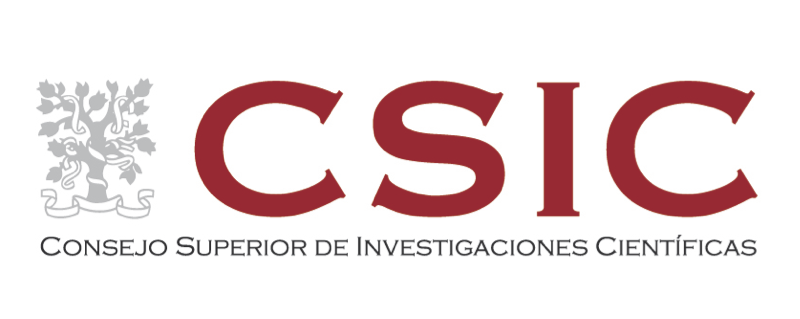Chemistry - A European Journal, vol. 16, nº 29, pags. 8635 - 8640 (2010)
Article preview
A pocket of resistance: We have analysed the molecular determinants for nucleotide recognition by the resistance enzyme ANT(4′). Our results demonstrate that its binding epitope is restricted to the inorganic triphosphate fragment. Strikingly, this, together with longer polyphosphate oligomers, can be employed as cosubstrates in aminoglycoside inactivation (see figure), implying a change in the normal activity of the enzyme. These results have implications in the design of specific enzymatic inhibitors. (Figure Presented) © 2010 Wiley-VCH Verlag GmbH & Co. KGaA, Weinheim.




